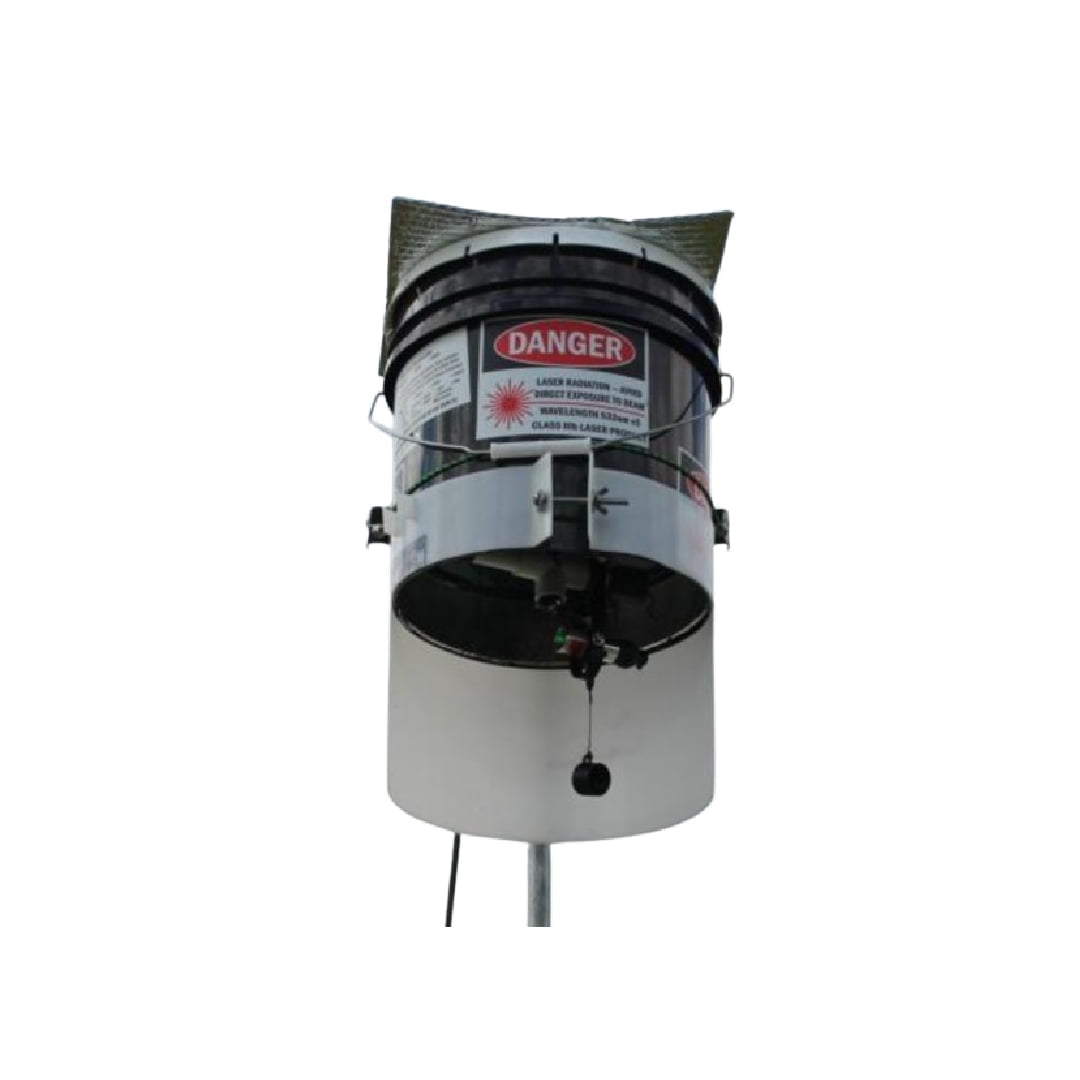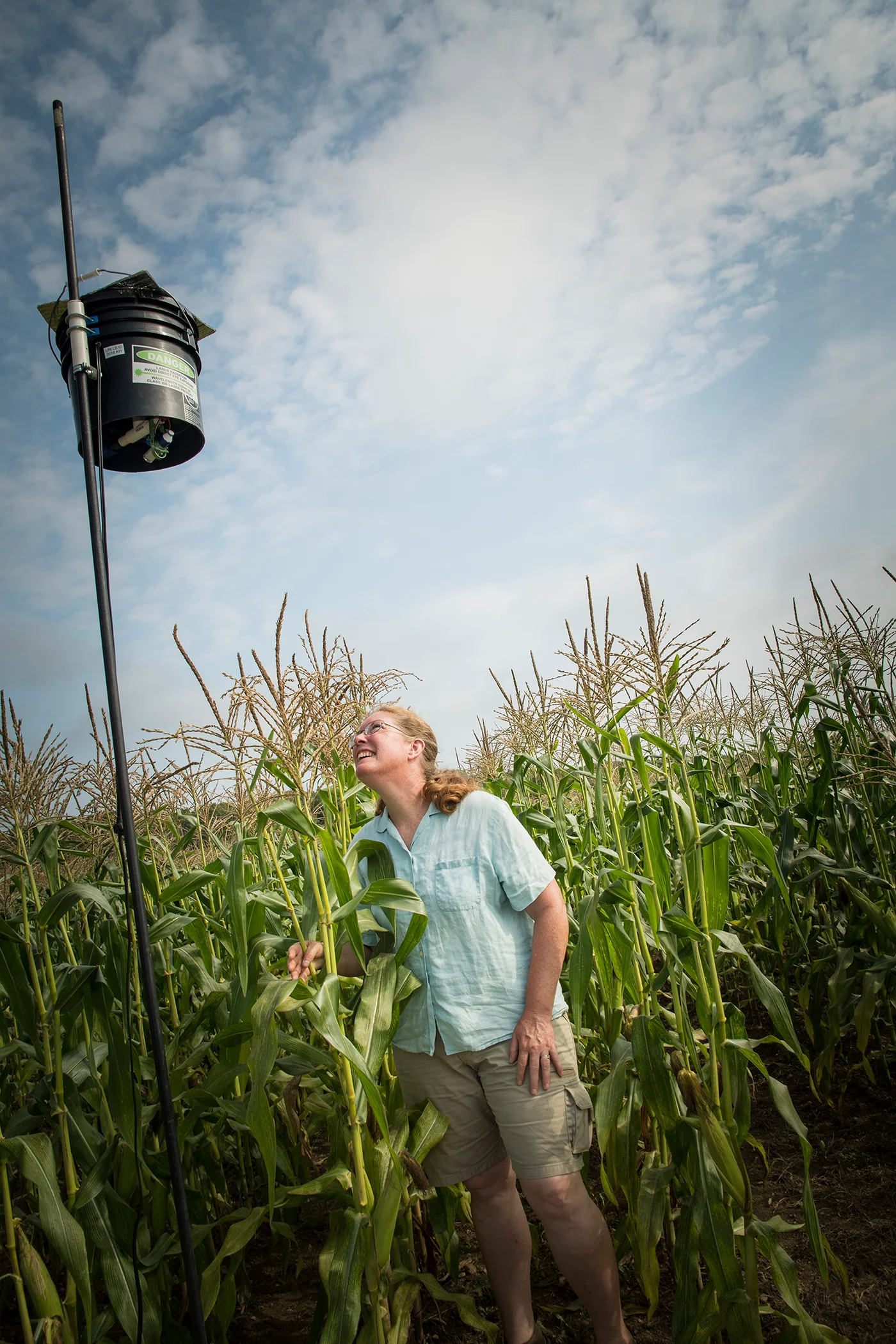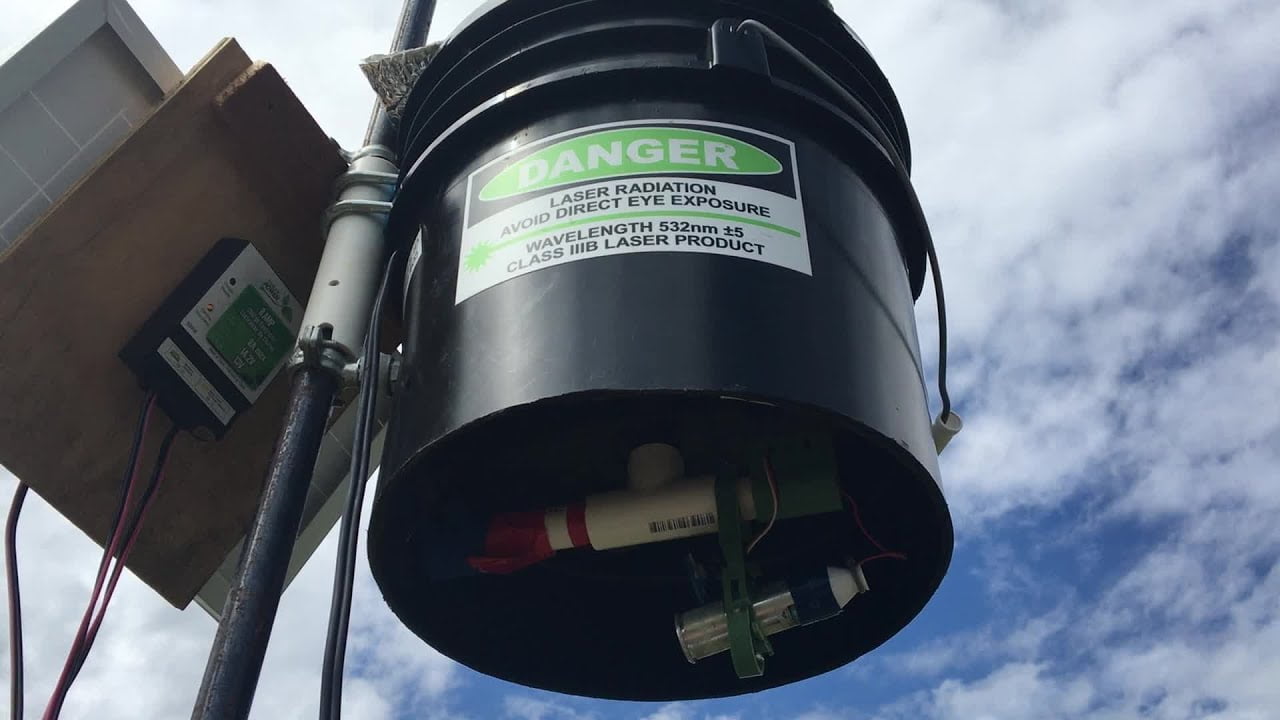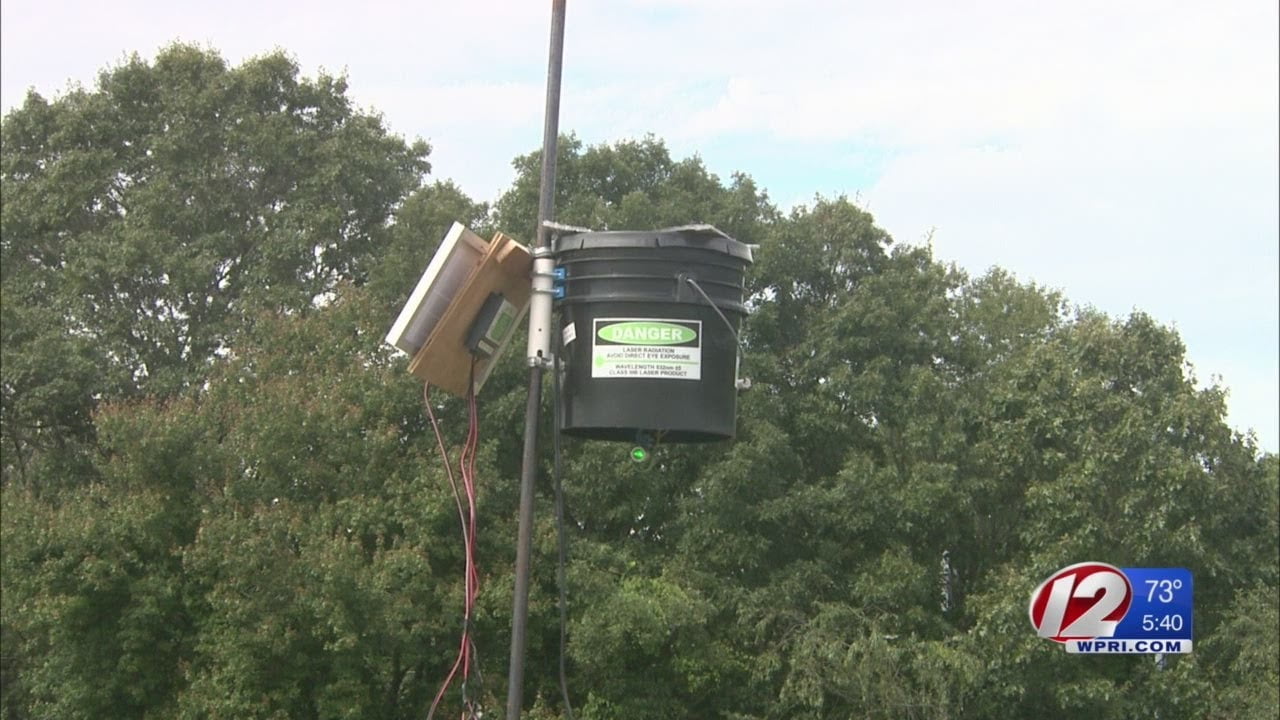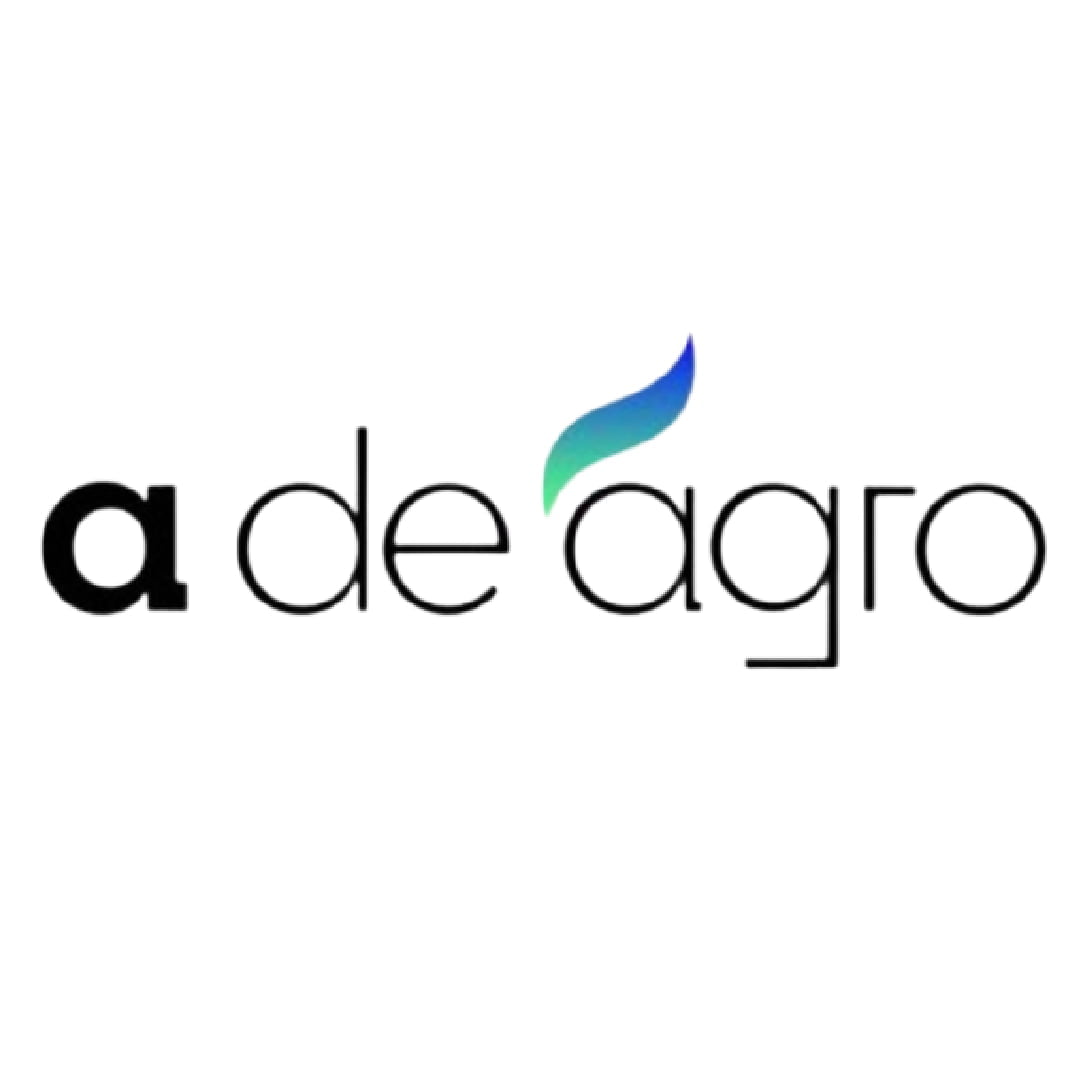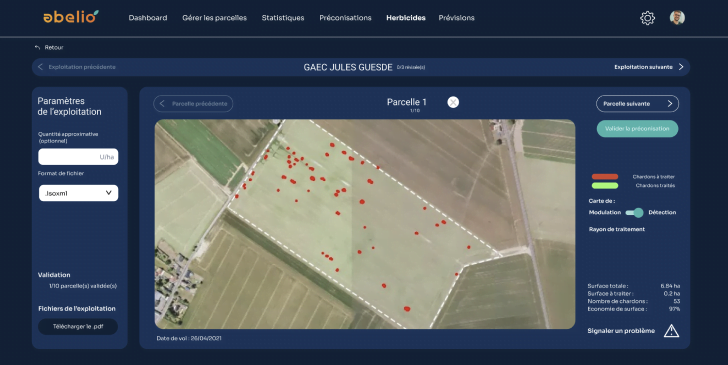How the URI Laser Scarecrow Operates
The system’s core function is to project a green laser beam that continuously moves in unpredictable patterns. This motion is crucial in preventing birds from becoming accustomed to the device, thereby maintaining its efficacy over time. The laser operates automatically from dawn to dusk, thanks to an integrated light sensor that detects ambient light levels, ensuring it runs only during the hours needed most.
Key Features and User Benefits
Versatile Placement Options
Designed to adapt to various agricultural settings, the URI Laser Scarecrow can be installed at strategic heights and angles depending on the crop type:
- Corn Fields: Positioned at tassel height for maximum effectiveness.
- Berry Crops: Mounted above the canopy to sweep across the plants.
- Vineyards: Adjusted for varying cluster heights to protect entire grapevines.
Automated and Energy-Efficient Design
A microcontroller manages the laser’s patterns, creating a dynamic deterrent that birds cannot ignore. The system’s energy efficiency is enhanced by its ability to operate within the required time frames, reducing power consumption while maximizing protection.
Technical Specifications
- Laser Power: 50 milliwatts
- Operational Wavelength: 532 nanometers
- Motion Range: 360 degrees horizontally, 45 degrees vertically
- Control System: Microcontroller for motion and operation management
- Activation System: Dawn-to-dusk operation via a light sensor
- Visibility: Beam not visible to humans in full sunlight
About the University of Rhode Island
Innovative Research and Community Engagement
The University of Rhode Island (URI) has long been a hub for agricultural innovation and research. The development of the URI Laser Scarecrow was spearheaded by the university’s Department of Plant Sciences and Entomology, in collaboration with local farmers and agricultural extension services. This initiative reflects URI’s commitment to providing solutions that support sustainable farming practices and community welfare.
Collaborative Development and Open-Source Approach
The project benefited from a multidisciplinary approach, involving experts in laser technology, agricultural sciences, and community feedback. The open-source nature of the project underscores URI’s dedication to accessible agricultural technology, allowing for widespread adoption and continual improvement by the farming community.
For more detailed information on the URI Laser Scarecrow and ongoing research projects, please visit the: University of Rhode Island’s website.

